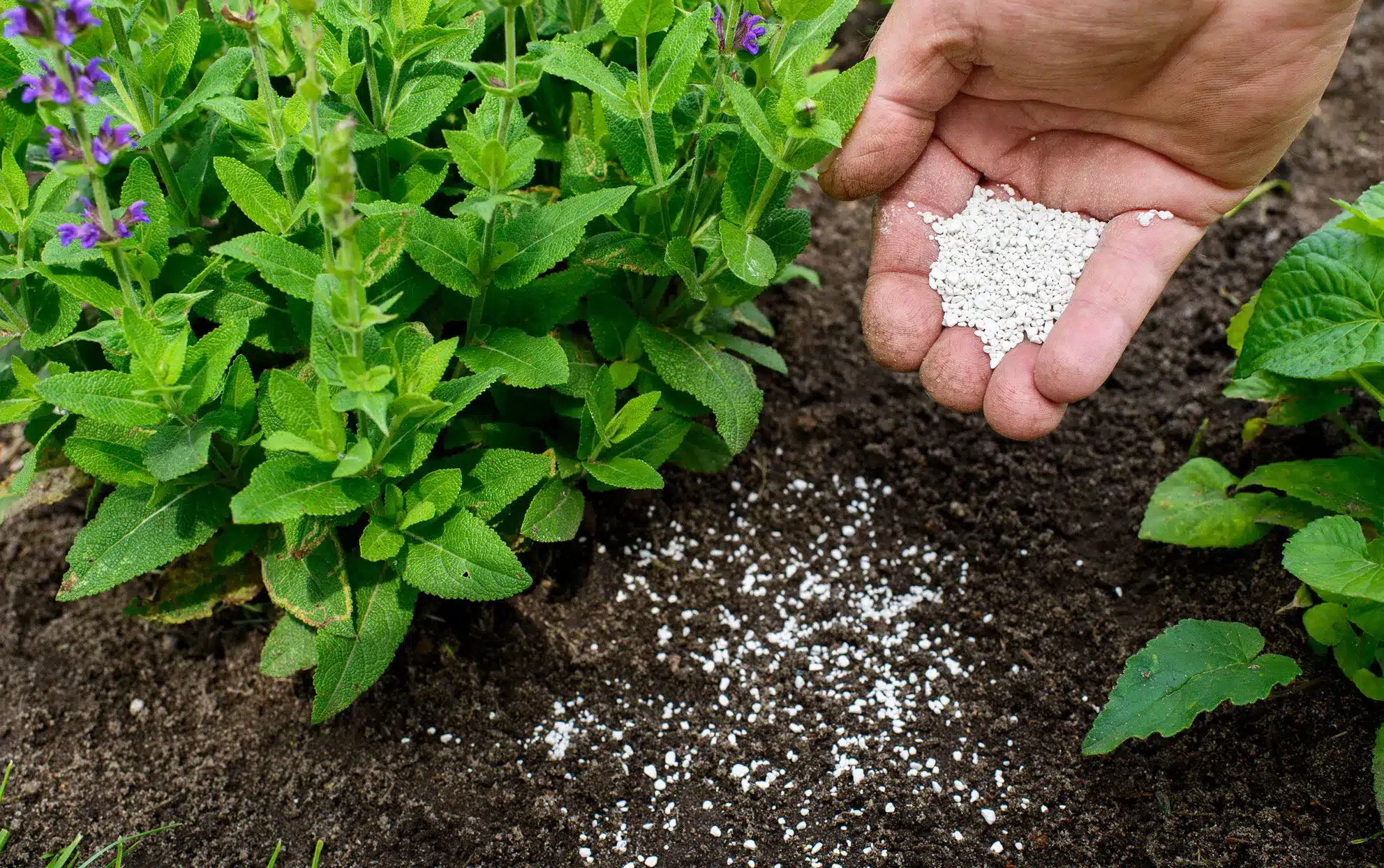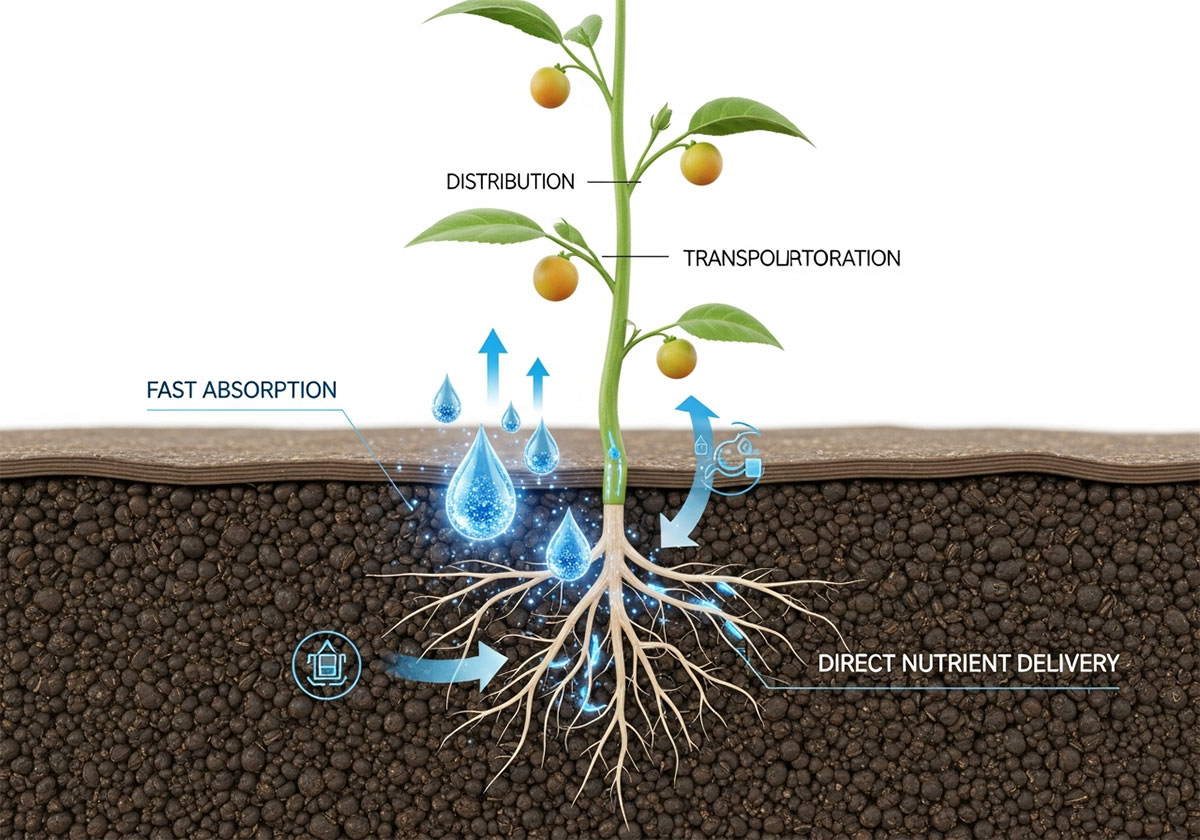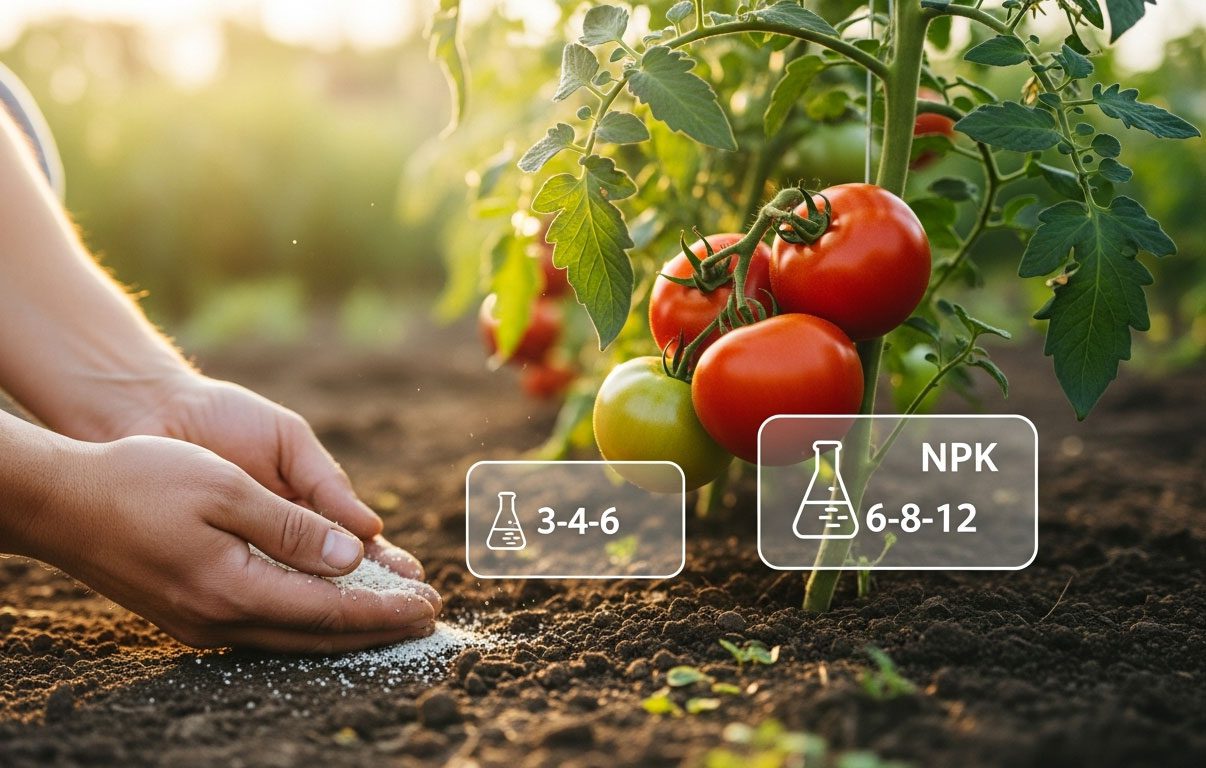Many people enjoy gardening, but as beginners, they really don’t know how to plant correctly or what plants need for those nutrients, which confuses the beginners most. So, today we’d like to introduce the 10-10-10 fertilizer, which is a widely used and versatile choice, also known as a balanced fertilizer. If you want to get the best results from this fertilizer, you need to know how it works, no matter if you are planting vegetables, keeping your lawn green, or growing fruit trees.
Understanding of 10-10-10 fertilizer

The numbers 10-10-10 show how much nitrogen (N), phosphorus (P), and potassium (K) are in the fertilizer. These three nutrients are very important for plants to grow:
- Nitrogen (10%): It helps leafy greens grow and makes stems stronger.
- Phosphorus (10%): It helps plant’s root development and flowering.
- Potassium (10%): It makes plants healthier, more resistant to disease, and better at making fruit.
10-10-10 is a balanced fertilizer because it has equal amounts of all three nutrients. This makes it good for many different types of plants.
Benefits of Using 10-10-10 Fertilizer
- Versatility for All Purposes: It is suitable for a wide range of plants, including lawns, garden beds, vegetables, flowers, shrubs, and even indoor plants.
- Easy to Use: Unlike other fertilizers, 10-10-10 fertilizer avoids complicated ratios and works well when you don’t know what a plant needs exactly.
- Balanced Growth: Only need one application, it encourages healthy leaves, strong roots, blooming, and fruit growth.
- Adaptable Formulations: You can get it as quick-acting liquids or slow-release granules. Slow-release formulations lower the chance of nitrogen leaching and make sure that nutrients are always available.
Risks and Cautions
We have introduced many advantages of 10-10-10 fertilizer, however, some risks and disadvantages still exist, just as below:
- Risk of Over-fertilization: Too many nutrients, especially phosphorus, can build up and keep micronutrients like iron and zinc from getting into the body. You might also get root and leaf burn.
- Specific needs of soil and plants: This kind of generic balanced fertilizer might not work for plants that like acid or plants that need specific ratios, like high nitrogen for lawns or high phosphorus for bulbs.
- Concerns about the environment: If not used correctly, nutrients can get into waterways and pollute them, which can hurt soil biota.
Common Uses For 10-10-10 Fertilizer
Vegetables (Tomatoes, Peppers, Leafy Greens)
As we know, vegetables need a lot of food. According to the University of Georgia Extension (2023), adding 10-10-10 fertilizer to the side of the plants when they are transplanted and again when the first fruits set can increase tomato yields by 18 to 25%. Use 1.5 pounds per 100 square feet and water it in.
Lawns
In early fall and late spring, 1 lb of nitrogen per 1,000 ft² works well on cool-season grasses like fescue and Kentucky bluegrass. That is 10 pounds of 10-10-10 for every 1,000 square feet. Use a broadcast spreader to apply and water ¼ inch to keep the mower from picking up.
Fruit Trees (Apples, Citrus, Stone Fruit)
For newly planted trees, spread ½ cup of 10-10-10 in a circle 2 feet wide, making sure not to touch the trunk. For mature trees, use 1 pound of 10-10-10 for every inch of trunk diameter, divided between bud break and after harvest.
The Right Way to Use 10-10-10
Step 1: Test Soil First
We all know soil pH is very important for plants, so we should do the pH testing first, which can help you avoid over-fertilizing and find pH problems that can keep nutrients from getting to plants. Most crops do best with a pH of 6.2 to 6.8. For more pH test, please check this article: Soil pH For Tomatoes
Step 2: Choose Granular or Liquid Fertilizer
About Granular:
- Pros: It releases slowly, costs less, and is easier to store.
- Cons: Needs to work with water to activate the fertilizer.
About Liquid (water-soluble powder or concentrate):
- Pros: Quick green-up, works with fertigation
- Cons: It is more likely to cause burning and requires more frequent application.
Step 3: Use the Right Rate
Quick reference table (1 cup ≈ ½ lb)
- New garden beds: Mix 3 lb of 10-10-10 per 100 ft² (about 6 cups) into the top 4 inches.
- Container tomatoes (5-gal pot): Scratch 1 tablespoon into the surface every four weeks.
- Lawn maintenance: You need 10 pounds of it for every 1,000 square feet.
Important Tip: Always water within 24 hours to get the nutrients to the roots.
Alternatives & Blended Strategies
Mix with Organic Matter
Adding compost or organic amendments to the soil improves its structure, helps good microbes grow, and keeps synthetic salt from building up.
Hybrid Fertilizers
Some modern products have both nutrients that are released right away and organic materials. This means that they work quickly and help the soil stay healthy for a long time.
FAQs About 10-10-10 Fertilizer
Yes, but reduce the rate by 30% and ensure drainage holes are open to prevent salt buildup.
Light rain (<0.25 in) is fine. Heavy rain (>1 in) can cause runoff; wait until the weather clears.
Granular releases 30% of N in the first 2 weeks and 70% over 6–8 weeks. Visible green-up typically starts within 10–14 days.
Once watered in, granules are no longer palatable. Still, keep pets off the lawn until irrigation is complete.
Yes—especially phosphorus, which can build up in soils and hinder nutrient uptake. Always follow the label and test your soil
Conclusion
10-10-10 fertilizer is still a good choice for many gardening situations, but to get the most out of it, you need to know how to use it correctly, when to use it, and how to combine it with other eco-friendly practices. When used carefully, it helps plants grow strong, healthy, and resistant to disease, whether on its own, mixed with organic matter, or with extra nutrients.





